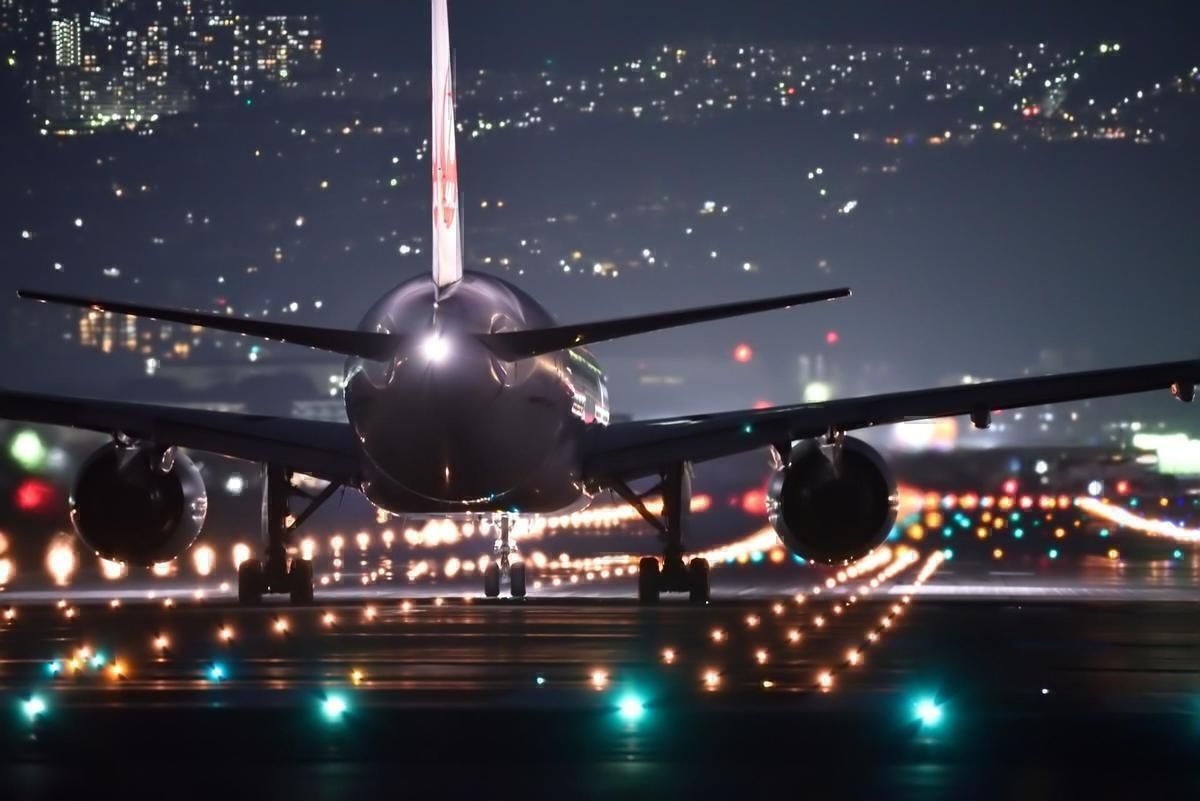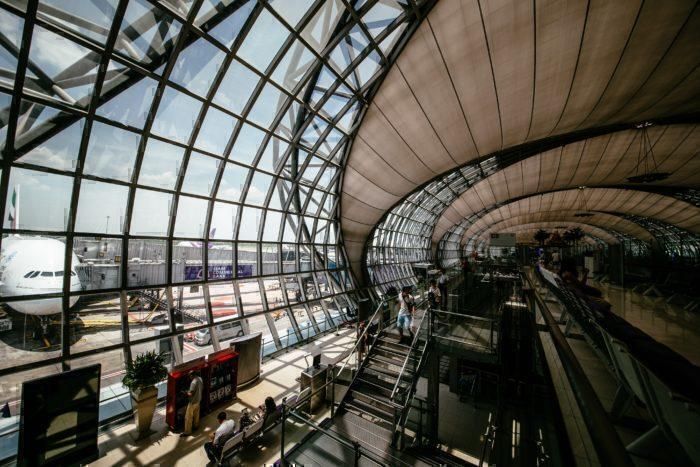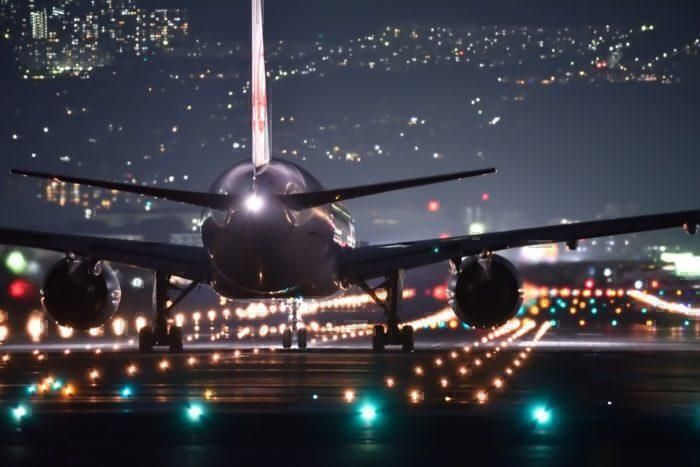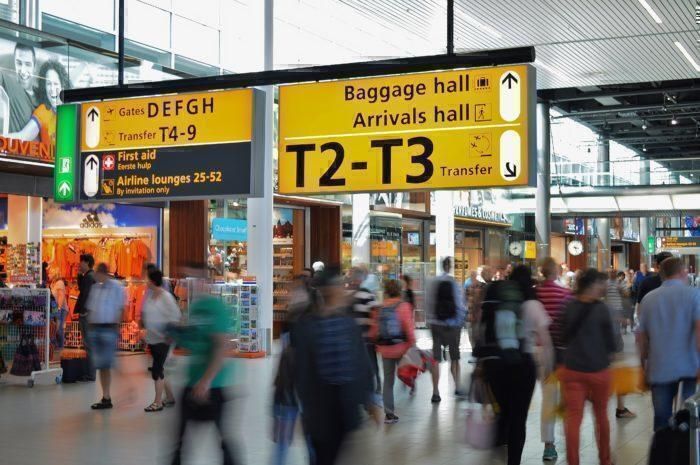Following a decrease in the amount of spending on airport infrastructure between 2013-2017, Simple Flying has learnt that fares could increase. Reports suggest that over the next 5 years, US airports will spend some $100bn on infrastructure over the next 5 years. Of course, these costs would likely be passed down to the passenger through increased airfares. This would follow the airport handing to costs down to to the airlines.
What Is Infrastructure Spending?
Infrastructure spending involves a range of spending on the usability of the airport. Examples could include resurfacing ramps, building new terminals, or even buying snowploughs. Each enables the airport to operate. An example of a recent large infrastructure project in the US is the refurbishment of the Tom Bradley International Terminal at Los Angeles International (LAX).
Why Is Spending Needed?
There are two main reasons why it is necessary to spend on infrastructure. The first is that nothing lasts forever. A great example of this point is the new Berlin airport. Built to open in 2012, the airport has become a rather large white Elephant. While a year ago Reuters reported that the airport will finally open in 2020, it has yet to be seen if this will actually happen. As all of the screens were installed into the airport ready for the 2012 opening, they have already reached the end of their useful life. Despite never being used, it was necessary to replace them. Now imagine how their life would be even shorter with daily use.
The second reason for infrastructure spending is the handle the ever-growing number of passengers travelling. In 2008, Heathrow airport opened its 5th Terminal to further increase its capacity, while Istanbul is getting ready to open a brand new airport in March 2019.
How Do The Costs affect Me?
As the passenger, you will be the end user paying a large cut of the additional spending. Each carrier will pay a certain infrastructure fee when using an airport. As the airline makes their money from selling tickets, if the cost of operating the flight goes up, the ticket cost will go up. A report by Cowen analysts estimates that the fee paid to airports for each passenger will increase by 19% by 2020.
Seeking Alpha suggests that 4% of the total costs for ultra-low-cost carriers amounts to airport fees. As such, they are the most likely to have to raise ticket prices, as they have the lowest operating margins. Additionally, only 63% of the $100bn infrastructure fees will be spent on expanding airport capacity.
Are you prepared to pay more to use airports? Let us know in the comments down below!




